Growth of the Automotive Sector
The Global Anti Wear Additives Market Industry is closely tied to the growth of the automotive sector, which is witnessing a resurgence in demand for vehicles. As automotive manufacturers strive to enhance vehicle performance and fuel efficiency, the use of anti wear additives in engine oils and lubricants becomes increasingly vital. The integration of these additives not only improves engine longevity but also contributes to better fuel economy. With the automotive sector projected to expand significantly in the coming years, the demand for anti wear additives is expected to rise correspondingly, further propelling market growth.
Regulatory Standards and Environmental Concerns
The Global Anti Wear Additives Market Industry is significantly influenced by stringent regulatory standards aimed at reducing environmental impact. Governments worldwide are implementing regulations that necessitate the use of eco-friendly additives in lubricants. This shift towards sustainable practices is prompting manufacturers to invest in research and development of biodegradable anti wear additives. As a result, the market is expected to evolve, with a growing emphasis on products that meet these regulatory requirements. This trend not only aligns with global sustainability goals but also enhances the market's appeal to environmentally conscious consumers.
Increasing Demand for High-Performance Lubricants
The Global Anti Wear Additives Market Industry is experiencing a surge in demand for high-performance lubricants, driven by the growing automotive and industrial sectors. As manufacturers seek to enhance the efficiency and longevity of machinery, the incorporation of anti wear additives becomes crucial. These additives not only reduce friction but also prevent wear and tear, thereby extending equipment life. In 2024, the market is projected to reach 716.7 USD Million, reflecting the industry's commitment to innovation and quality. This trend is likely to continue, as the need for reliable and efficient lubricants remains paramount in various applications.
Technological Advancements in Additive Formulation
Technological advancements in the formulation of anti wear additives are reshaping the Global Anti Wear Additives Market Industry. Innovations in chemical engineering and material science are leading to the development of more effective and efficient additives. These advancements allow for the creation of products that offer superior performance under extreme conditions, catering to the needs of modern machinery. As the industry embraces these technologies, the market is projected to grow, with a compound annual growth rate of 3.96% from 2025 to 2035. This growth underscores the importance of continuous innovation in maintaining competitive advantage.
Rising Industrialization and Manufacturing Activities
The Global Anti Wear Additives Market Industry is benefiting from the rising industrialization and manufacturing activities across various regions. As industries expand, the demand for machinery and equipment increases, leading to a higher requirement for lubricants that incorporate anti wear additives. These additives play a crucial role in ensuring the smooth operation of machinery, reducing maintenance costs, and enhancing productivity. The ongoing industrial growth is likely to sustain the demand for anti wear additives, contributing to the market's projected growth trajectory towards 1098.6 USD Million by 2035.
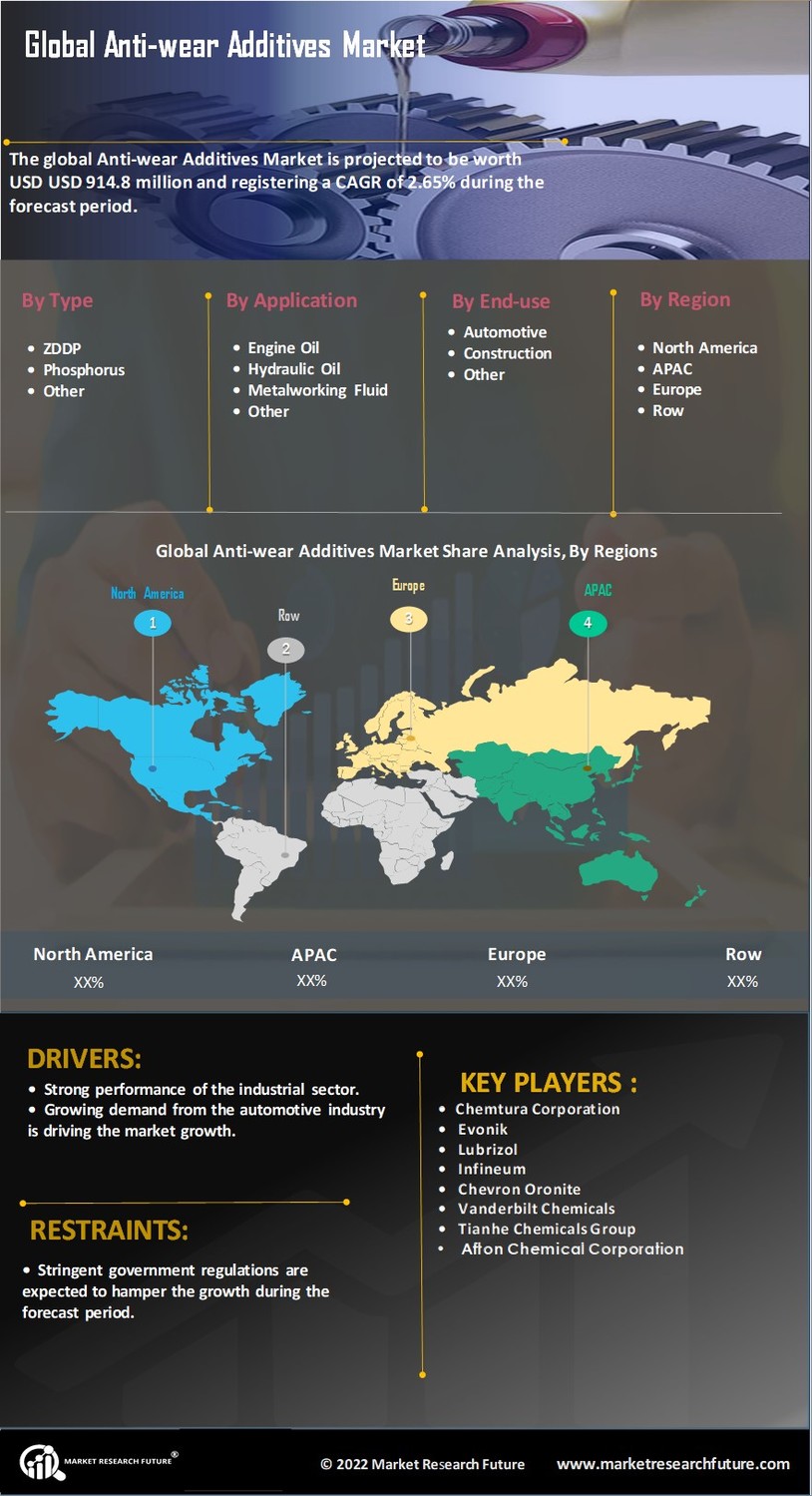

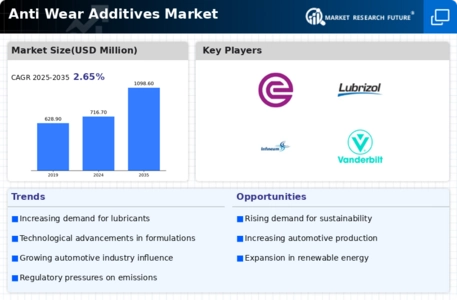
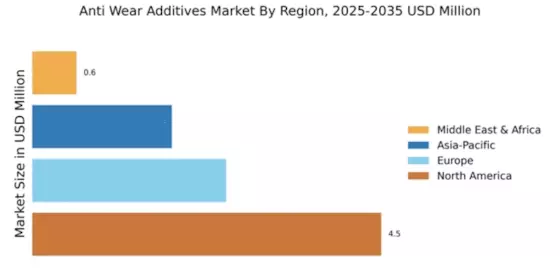
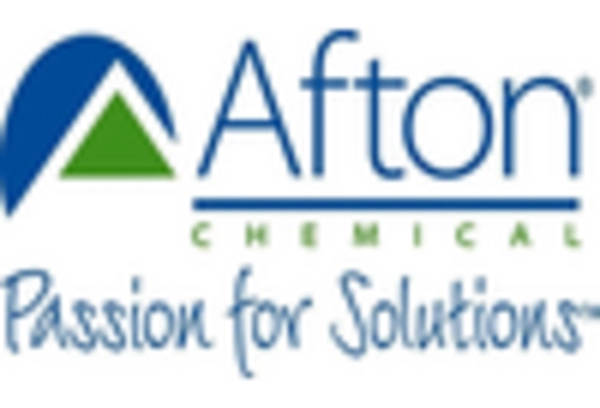
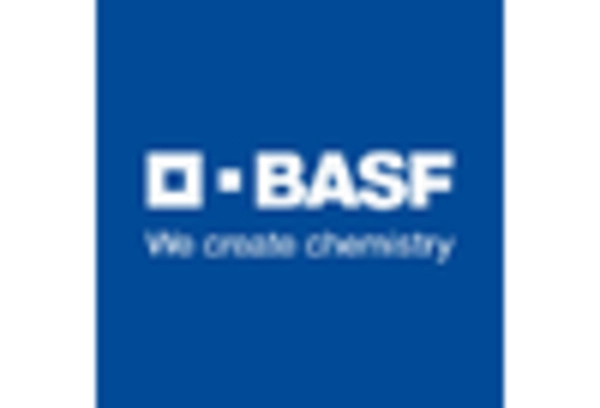
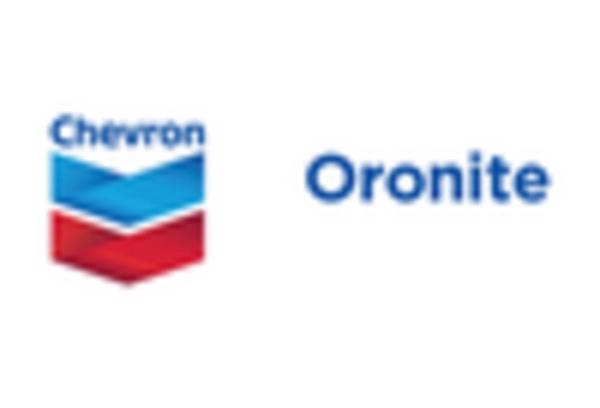
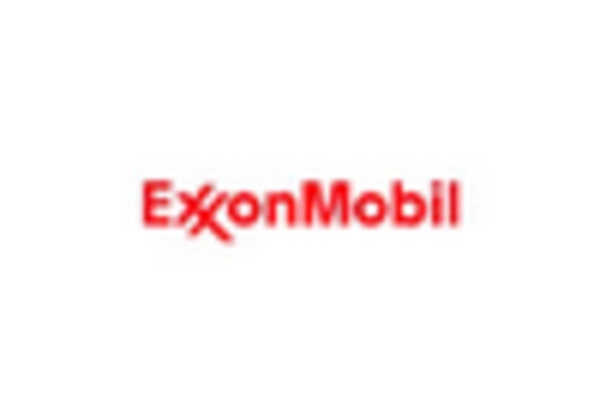
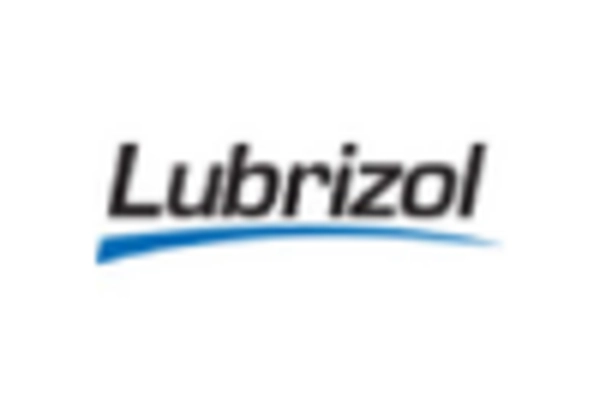
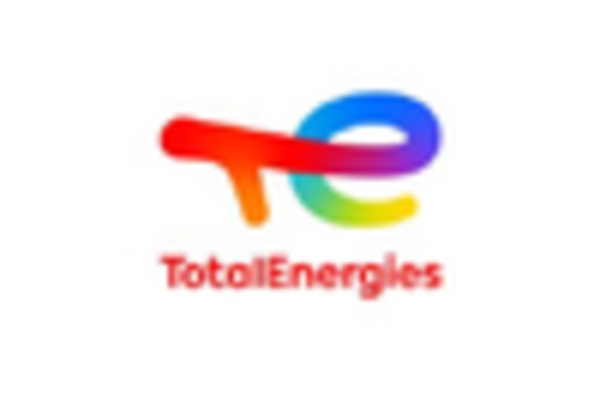








Leave a Comment